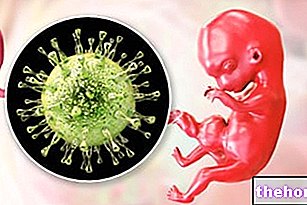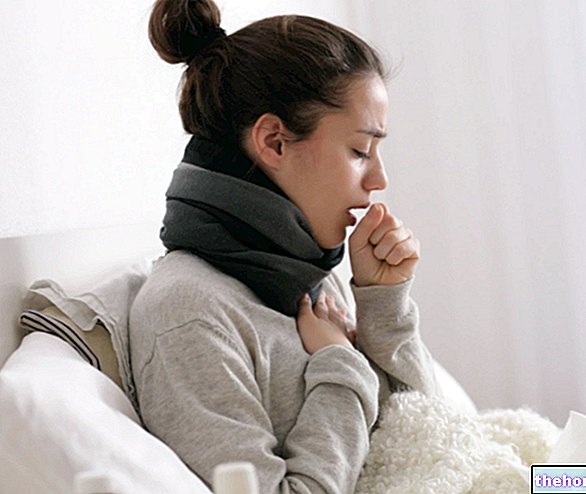- Head lice (Pediculus capitis humanus);
- Lice of the body or clothing (Pediculus corporis humanus);
- Pubic lice (Phthirus pubis).
Lice infestation is manifested by irritation and intense itching in the affected area. A thorough inspection of the scalp is sufficient to identify it. The anti-lice treatments available are effective, but it is important to act promptly.
or to the fibers of personal effects, thanks to six sturdy legs with hooks and terminal pliers.
Shutterstock
Nits
In the course of its existence, the female louse lays 80 to 300 oval-shaped and pearly-colored eggs, wrapped in a capsule of chitin and known as nits. They measure about 0.8x0.3 mm and hatch in 7-8 days, releasing voracious nymphs which reach maturity within two weeks. Visually, the eggs appear as small white dots, tenaciously adhering to the hair (usually in the back of the head), clothing, beard or body hair. Precisely this characteristic allows to distinguish the common scales of dandruff from the eggs of the louse.
To feed themselves, lice sting the skin, inject their own saliva and defecate during the blood meal; each female takes from the organism about 1 mg of blood per day. Particular antigens present in saliva cause small erythematous or papular allergic reactions in the puncture sites. These manifestations, typical of pediculosis, give an intense, continuous and annoying itching, which in its volta determines the evolution of the lesions into scratching excoriations. For this reason, especially in body pediculosis, they can cause bacterial skin superinfections and the consequent appearance of folliculitis, furunculosis and impetiginization.
In the past, lice and in particular those of the head and body, were dangerous vectors of other infections, such as exanthematous typhus - whose causative agent is the Rickettsia prowazekii - and epidemic recurrent fever. Such diseases are still relatively common in developing countries, where poor hygiene conditions are associated with wars, natural disasters or famines.
Pediculosis: how is it recognized?
The main symptom of a pediculosis is intense itching, mainly concentrated on the nape of the neck and behind the ears. This reaction is caused by the saliva that the lice inject into the skin as they feed. Head lice do not cause disease, but the scratching instinct can scratch the skin, leaving it exposed to infection.
Sometimes, the infestation is asymptomatic and for this reason it is good practice to carry out an accurate control of the head, perhaps with the help of good lighting and a magnifying glass, with which to observe all tufts of hair, especially in the most frequently infested: nape, temples and around the ears.
Lice or dandruff?
In order not to confuse nits with dandruff, it is necessary to remember that the eggs are firmly attached to the hair and to remove them it is necessary to use the deovulating comb, with very narrow interdental spaces.
(especially in children), as well as the seams of underwear; moreover, the infection can also be indirect, for example through hairs left on clothes, towels, sheets and toilet seats. The pubic louse appears to be unable to transmit infections, but can still cause more or less intense skin irritations.
Head pediculosis, more frequent in school age, is electively localized to the hair of the nape, behind the ear and temples, while pediculosis of clothes or of the body prefers adults and the elderly, spreading in public dormitories or through infested personal effects.
Other articles on "Lice"
- Head Lice: Cures and Remedies
- Nits
- Dishes
- Head Lice - Medicines to Treat Pediculosis




























